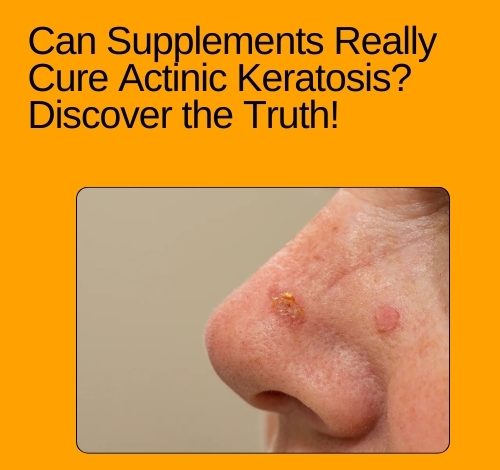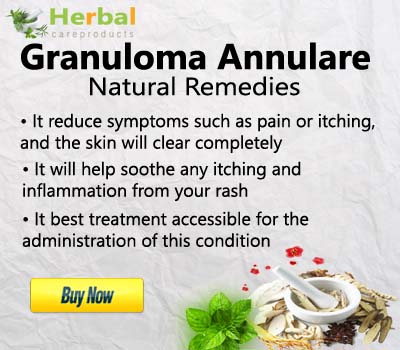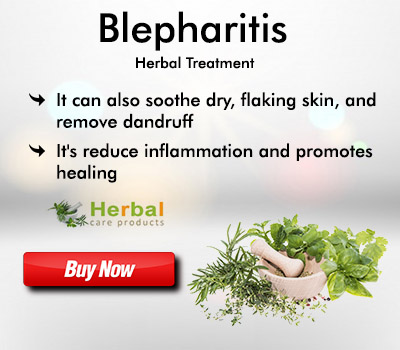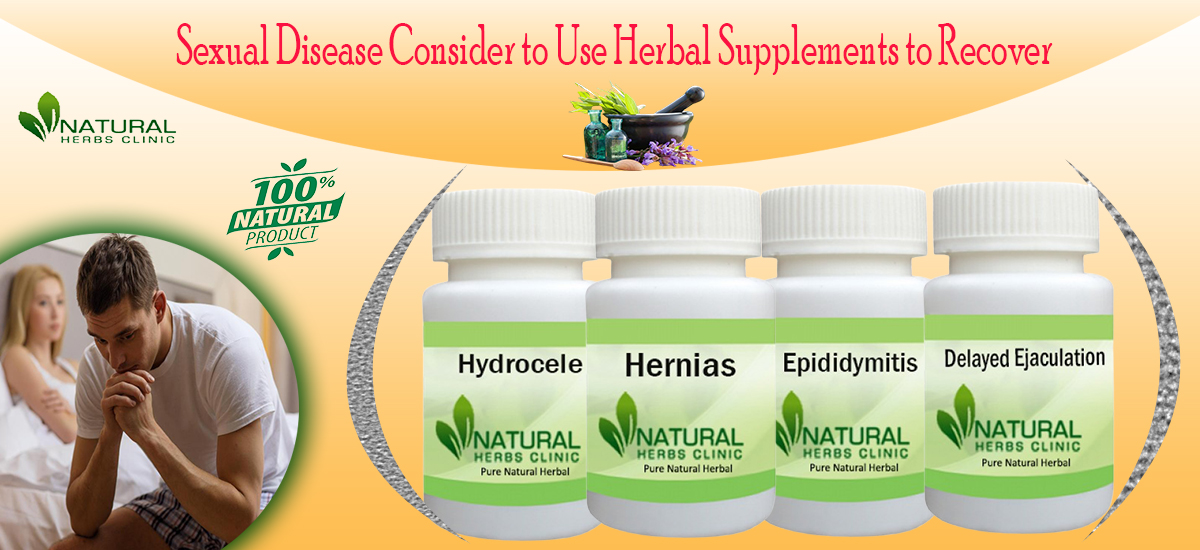Natural Lipoma Solutions: What Supplements to Take and When
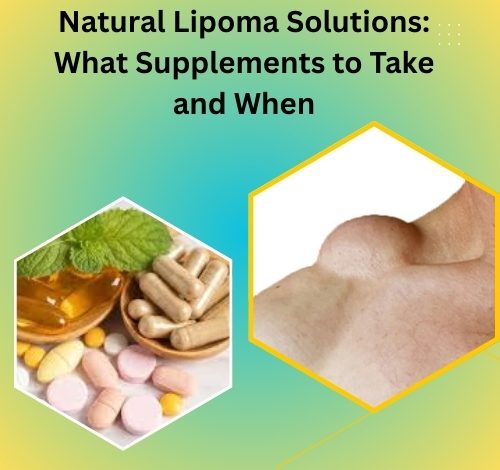
Lipomas, commonly known as fatty lumps, are benign growths composed of fat tissue that form beneath the skin. Though usually harmless and painless, they can cause discomfort, aesthetic concerns, or even pressure-related symptoms when located near nerves or joints. Conventional treatments often involve surgical removal, but many people seek natural methods for managing or shrinking lipomas. Natural lipoma solutions, especially highlighting which herbal supplement for fatty lumps or lipoma may offer the most promise and when to use them.
We will also examine scientific evidence, traditional herbal approaches, the best timing for supplementation, and holistic lifestyle choices to complement herbal remedies. Whether you’re just beginning to explore natural alternatives or are actively seeking a non-invasive treatment strategy, this comprehensive guide offers a wealth of knowledge and practical advice.
What Are Lipomas?
Lipomas are soft, rubbery lumps that move easily when touched. They generally grow slowly over time and are typically found on the shoulders, neck, arms, thighs, and back. While they are noncancerous, their growth can cause cosmetic concern or physical irritation.
Common Characteristics:
- Composed of fat cells (adipocytes)
- Soft, doughy texture
- Usually under 2 inches in diameter
- Moveable under the skin
- Typically painless, unless pressing on a nerve
Causes and Risk Factors:
The exact cause of lipomas is still unclear, but several contributing factors include:
- Genetic predisposition
- Injury or trauma (triggering fat cell growth)
- Metabolic disorders
- Hormonal imbalance
- Poor liver function or detox pathways
Why Consider Natural Remedies?
While surgical removal is a reliable method, it may not prevent recurrence and can leave scars. For those who prefer a gentler, long-term approach, natural solutions may:
- Reduce the size of lipomas
- Improve metabolic and liver function
- Address the root causes
- Prevent the formation of new lipomas
This is where the herbal supplement for fatty lumps or lipoma becomes significant. Herbal remedies offer anti-inflammatory, detoxifying, and lipid-balancing properties, which can be incredibly helpful in managing lipomas naturally.
The Best Herbal Supplement for Fatty Lumps or Lipoma
1. Turmeric (Curcuma longa)
Action: Anti-inflammatory, antioxidant, and lipolytic
Turmeric’s active compound, curcumin, reduces inflammation and may help shrink lipomas by improving fat metabolism and liver detoxification.
How to Take: 500–2000 mg of curcumin extract daily, preferably with black pepper (piperine) to enhance absorption.
When to Take: With meals, 1-2 times a day.
2. Chickweed (Stellaria media)
Action: Lymphatic cleanser, anti-inflammatory, diuretic
Chickweed has been traditionally used for breaking down fatty deposits and improving lymphatic flow.
How to Take: As a tincture (30–60 drops 2–3 times daily) or in capsule form.
When to Take: Morning and evening with water or tea.
3. Dandelion Root (Taraxacum officinale)
Action: Liver detoxifier, digestive stimulant
Lipomas may be associated with poor liver detoxification. Dandelion root supports liver function and bile flow, helping the body eliminate toxins more efficiently.
How to Take: Tea, capsules, or tincture (500–1000 mg/day or as directed).
When to Take: Before meals, preferably in the morning.
4. Thuja occidentalis (White Cedar)
Action: Antitumor, immune stimulant
Used in homeopathy and herbal medicine, Thuja has a history of being used for benign skin growths including lipomas.
How to Take: Homeopathic pellets (30C potency, 2-3 times a week) or as a tincture under supervision.
When to Take: As directed by a qualified practitioner.
5. Flaxseed Oil
Action: Rich in omega-3s, anti-inflammatory, promotes fat metabolism
Flaxseed oil helps balance lipid profiles and may discourage abnormal fat accumulation.
How to Take: 1-2 tablespoons daily or 1000 mg capsule 2-3 times daily.
When to Take: With food, preferably with breakfast or lunch.
6. Green Tea Extract
Action: Antioxidant, fat oxidation enhancer
Green tea catechins boost metabolism and reduce oxidative stress, helping with overall fat reduction.
How to Take: 250–500 mg of EGCG daily.
When to Take: Morning or early afternoon (avoid at night due to caffeine content).
Timing and Dosage: When to Take Herbal Supplements
Understanding when to take these supplements is just as important as what to take. Here’s a suggested routine:
| Time of Day | Supplement(s) | Notes |
| Morning | Dandelion Root, Green Tea Extract, Flaxseed Oil | Supports detox, energy, and fat metabolism |
| Midday | Turmeric (with lunch), Chickweed | Boosts absorption and inflammation control |
| Evening | Chickweed, Turmeric (2nd dose), Thuja (as directed) | Supports overnight detox and tissue repair |
Always start with lower doses and gradually increase as your body adjusts. Consult with a healthcare provider if you are on medications or have chronic conditions.
How Long Do Herbal Supplements Take to Work?
Herbal solutions are not overnight fixes. You may begin to notice changes in the size or texture of lipomas in:
- 4–6 weeks: For minor reduction and detox benefits
- 2–3 months: More visible shrinkage or prevention of new growths
- 6+ months: Stabilized metabolism and long-term results
Patience, consistency, and lifestyle support are key.
Lifestyle Changes to Maximize Results
In addition to taking a Herbal Supplement for Fatty Lumps or Lipoma, these lifestyle tips can enhance your healing journey:
1. Anti-inflammatory Diet
Include more fruits, vegetables, whole grains, and healthy fats. Avoid processed foods, trans fats, and sugar.
2. Regular Exercise
Promotes fat metabolism and circulation. Aim for 30 minutes a day, 5 days a week.
3. Dry Brushing and Massage
Stimulates lymphatic flow and may help break down superficial lipomas.
4. Hydration and Detoxification
Drink plenty of water to flush toxins. Herbal Care Products teas like nettle, milk thistle, and burdock can support detox pathways.
5. Reduce Toxin Exposure
Limit alcohol, synthetic chemicals, and pollution as they may overload the liver and contribute to fat accumulation.
What the Science Says
Although clinical studies on lipomas and herbal treatment are limited, there is promising research:
- Turmeric: Numerous studies confirm its anti-inflammatory and lipolytic properties.
- Green Tea: Proven to boost metabolism and reduce fatty mass.
- Flaxseed Oil: Shown to modulate lipid profiles and reduce inflammation.
Anecdotal evidence from traditional medicine and integrative health communities also strongly supports the role of these herbs in managing lipomas.
Potential Side Effects and Precautions
While generally safe, herbal supplements can cause reactions in some individuals:
- Turmeric: May cause stomach upset or interfere with blood thinners.
- Thuja: Toxic in large doses; only use under guidance.
- Green Tea Extract: High doses may affect liver enzymes.
Always choose reputable brands and consult a healthcare provider before beginning any supplement protocol, especially if pregnant, nursing, or on medications.
Summary: A Natural Path to Lipoma Relief
Dealing with lipomas naturally requires a combination of targeted supplementation, lifestyle changes, and patience. By incorporating a well-chosen herbal supplement for fatty lumps or lipoma, along with holistic practices, many people have found relief and prevention from further growth.
Key Takeaways:
- Lipomas are benign but can be bothersome.
- Herbal supplements like turmeric, chickweed, and dandelion root show promise.
- Timing and consistency are vital for success.
- Lifestyle changes enhance the effect of herbal remedies.
Final Thoughts
Natural remedies offer a holistic and non-invasive way to manage lipomas. While results vary from person to person, the right Herbal Supplement For Lipoma, taken at the right time and supported by healthy habits, can make a meaningful difference in reducing fatty lumps and improving your overall well-being.
If you are unsure about which supplement to try or how to structure your routine, consider speaking with a naturopathic doctor or herbalist. With the right guidance, natural healing is not just possible—it’s powerful.
